How Does AI Forecasting for Business Work?
Making predictions about upcoming occurrences based on historical data and present patterns is the process of forecasting. To make their forecasts, forecasters employ a range of techniques, such as statistical models, qualitative analysis, and personal experience.
The purpose of forecasting is to give decision-makers knowledge that will enable them to make wiser choices in the future. For instance, a business can utilize forecasting to anticipate future product demand so that it can adjust its manufacturing schedule.
Forecasts come in a variety of forms, such as short-term forecasts (for things like weather or traffic), medium-term forecasts (for things like economic indicators), and long-term forecasts (for things like population growth). The objective of all forecasts is the same: to provide decision-makers with the most accurate information about what lies ahead.
For organizations of all sizes, forecasting is an essential tool. Businesses may make better decisions regarding inventory, staffing, marketing, and other crucial areas by comprehending anticipated trends and consumer behavior. Businesses that use forecasting are able to avoid the costly errors that might happen while working blindly.
There are several forecasting techniques and algorithms, ranging from straightforward trend analysis to intricate statistical models. The secret is choosing the best methodology for your data and your company goals. Ineffective decision-making and erroneous projections might result from using the wrong approach.
Fortunately, there are a variety of tools available to assist organizations in choosing the best forecasting technique, including seminars, courses, videos, and software. But it’s crucial to keep in mind that no technique is faultless. Finding a balance between accuracy and practicality that serves your company objectives is the objective.
AI and Forecasting
The phrase “artificial intelligence” has gained popularity recently in both the academic and business realms. While some people are more pessimistic than others regarding AI’s potential, many people think it will transform the way we live and work. Forecasting is one area where AI is already having a big influence.
AI can forecast future trends with a high degree of accuracy by looking at data patterns. Businesses who want to stay ahead of the competition and make wise judgements regarding their future strategy are finding this to be extremely helpful.
To improve its performance and make predictions, AI continuously examines data patterns. AI can better forecast future patterns by having a better grasp of how past data patterns have developed; this is what enables AI to continuously increase its accuracy over time. Any machine learning method, whether it is a straightforward linear regression or a sophisticated deep-learning neural network, depends on this process of evaluating data patterns.
AI can also identify patterns in text, graphics, and even video, so it’s not simply restricted to analyzing numerical data. Therefore, how does AI examine these patterns? There are a few different approaches that are frequently employed.
One well-liked technique is clustering. In order to do this, related data points must be grouped together. If we were examining a dataset of people’s heights and weights, for instance, we may group everyone who is roughly the same height and weight. After the data has been clustered, the AI can begin to search for connections among the various clusters. It might note, for instance, that people with comparable heights tend to weigh similarly, or that people with different heights tend to weigh differently.
These connections between the clusters can be quite helpful for making predictions. The AI can more accurately anticipate someone’s weight based on their height if it is aware that taller people typically weigh more than shorter people.
“Classification” is a different popular technique for examining data patterns. In our previous example of height and weight, we might identify all the individuals who are taller than average as “tall” and all the individuals who are shorter than average as “short” in order to do this.
After the data has been categorized, the AI can once more begin exploring for connections between the various classifications. For instance, it might observe that tall people typically weigh more than people of shorter stature (which is something we already knew from our clustering analysis). Or it might discover—which would be a fascinating discovery—that tall individuals typically have more success in life than short ones.
AI can aid in your decision-making about the creation of new items, the provision of services, and the determination of their prices. Here are four ways that your company can use AI to make predictions:
1.Develop new products and services.
AI can be used to pinpoint consumer demands and create new goods or services that cater to those needs. If you offer insurance, for instance, you might use AI to forecast the types of coverage that clients would require in the future and create policies in line with those predictions.
2.Price products and services accurately.
You can better properly price your goods and services with the aid of AI. AI can assist you in setting prices that maximize profits while remaining competitive by considering elements such as customer demand, rival pricing, and manufacturing costs.
3.Optimize marketing campaigns.
AI may examine previous marketing campaigns to determine which components were most effective at generating sales. Future campaigns can then be optimised for greater outcomes using this information. AI can also be used to target potential customers with tailored advertisements based on their interests and past purchases.
4.Forecast future trends.
AI may assist organizations in predicting future trends in their industry so they can modify their plans. This is done by studying data from previous years. For instance, a retail business may decide to increase its focus on selling summer goods in the future if it notices that winter clothing sales are dropping year over year.
Let’s discuss a few of the most common analyses.
Clustering
There are a few considerations you should make if you plan to do a clustering study. You must first determine the sort of data you have and the clustering algorithm that will work best for it. There are numerous varieties of algorithms, therefore it’s crucial to pick one that will complement your data. After selecting an algorithm, you must collect your data and get it ready for analysis.
To do this, the data is often scaled so that all variables have the same scale before the algorithm is applied. You might need to change the algorithm’s settings or even attempt a different one entirely based on the outcomes of the clustering analysis.
The fact that clustering is not an exact science and there is no assurance that your clusters will be flawless or even close to flawless is also crucial to keep in mind. Simply grouping related items together will do in order to further examine them.
K-means, a clustering technique that is used to partition and group data, is an excellent illustration of an algorithm for this type of research. When there is no prior knowledge of the data structure, this algorithm is employed. When using K-means, k randomly selected points serve as the cluster centers, and each point is subsequently assigned to the closest cluster center.
The mean of all the points allocated to that cluster is then taken to update the cluster centers. Up until convergence, which happens when the cluster centers stay the same across rounds, this process is performed repeatedly. This algorithm’s simplicity and convenience of use are just two of its many benefits.
Even if you are unsure whether there are any patterns in your data, clustering is a great technique to investigate them. Client tendencies that you might not have observed otherwise could be found.
Neural Networks
A form of machine learning method called a neural network is used to model intricate data patterns. Neurons, the interconnected processing nodes that make up neural networks, are able to discern patterns in input data.
Classification, regression, and forecasting are just a few of the activities that neural networks can be utilized for. Neural networks can be applied to forecasting to make predictions about future values based on historical data. For instance, historical stock data may be used to train a neural network to predict future market patterns.
Neural network architectures come in a wide variety of forms and can be employed for forecasting problems. The feed-forward neural network, which has an input layer, hidden layers, and an output layer, is the most used architecture. The input layer receives input, processes it using the hidden layers, and then passes it on to the output layer. Based on the inputs from the preceding levels, the output layer generates the expected values.
Recurrent neural networks (RNNs) and convolutional neural networks are two more prevalent designs (CNNs). RNNs are well-suited for time series prediction tasks like weather forecasting or stock price prediction because they process inputs sequentially and maintain an internal state vector that collects information about prior inputs.
The fundamental benefit of CNNs is its capacity to learn features from unprocessed input, such as photos or text documents, without the need for intensive feature engineering beforehand. CNNs are especially proficient at time series prediction jobs.
How to Implement AI Forecasting in Your Business
Since AI forecasting is a young area, there are still many obstacles to be addressed. However, companies who successfully integrate AI forecasting might benefit from having a more precise and dependable prediction. Here are some pointers for integrating AI forecasting into your company.
Define Your Goals
You need to establish your goals before you begin utilizing AI for predicting. What decisions do you need to make that better projections might help you with? You can start exploring for ways that AI can assist you achieve your goals once you are aware of them.
Collect Data
Data collecting is one of the most crucial elements of AI forecasting. To get reliable results from the algorithms, you require high-quality data sets. Make sure you have a sufficient amount of historical data for the AI to effectively detect patterns and trends. If at all possible, add information from outside sources, such as weather reports or economic statistics.
Choose the Right Algorithm
For predicting, a wide range of different methods can be used. It’s crucial to select one that is appropriate for your data and goals because each has benefits and disadvantages. If you’re unsure which algorithm to use, get advice from professionals or test out a few to see which is most effective for your requirements.
Implement and Monitor
After selecting an algorithm, you must include it into your forecasting system. Working with professionals who comprehend AI and know how to correctly integrate it into your current systems is vital because this can be a complicated procedure. After the implementation is finished, keep a close eye on the outcomes to make sure the AI is producing reliable predictions. Make any necessary tweaks to maximize the use of this potent instrument.
Foster a Data-Driven Culture
Promote data collaboration and transparency. Ensure that everyone in the organization has access to the data they require to do their duties, and encourage them to exchange knowledge and suggestions for its most efficient usage. A culture that is data-driven promotes data experimentation and innovation. Let your staff experiment with various data-use strategies to see which ones are most effective for your business.
When feasible, base decisions on data. This entails utilizing data to inform both daily operations and strategic planning. Don’t hesitate to follow the numbers as much as you can! The facts are in the numbers, after all.
Address Resistance Openly
What if you are facing resistance toward AI assistance? Well, usually your best bet is to talk with people with a negative attitude and try to understand where the apprehension is coming from. Try to understand why they feel how they feel and talk it through. If you’re trying to help someone accept AI, there are a few things you can do:
- Explain how AI can be helpful. Whether it’s helping us get through our day-to-day tasks or providing us with new insights, AI can be genuinely beneficial in many ways. Helping your team members see these benefits can go a long way in getting them on board with AI.
- Reassure them that AI won’t replace humans entirely. One of the biggest fears around AI is that it will eventually take over all human jobs and leave us obsolete. While automation will change the workforce as we know it, there’s still a lot that only humans can do – so they don’t have anything to worry about just yet!
- Encourage them to try it out for themselves. A big part of accepting something new is experiencing it firsthand. So if you know someone hesitant about using an AI service or product, invite them to give it a try with you. Chances are, they’ll be much more open to it after they see how convenient and user-friendly it can be.
The Challenges of AI Forecasting
Despite its potential power, AI-assisted forecasting is not without its difficulties. One problem is that decision-makers who don’t comprehend the technology may have skepticism because it can be challenging to explain how the predictions are created. Additionally, there is a chance that companies will grow overly dependent on AI and lose their ability to make judgements without it.
Consider neural networks as an example. We can explain the theory behind the model’s result if a decision-maker asks the data scientist how it came to that conclusion, but we are unable to tell them which neuron is activated in which layer and what it symbolizes. For those who are risk-averse or unreceptive to new technology, it requires a leap of faith.
The fact that AI systems are always learning and changing presents another difficulty. This implies that when they gather more information over time, their forecasts could evolve. Long-term reliance on their forecasts may be complicated by this.
The more diverse the information you feed an AI, the more likely you are to have catastrophic interference, even though you can retrain and fine-tune an AI. In other words, the model may merely forget the initial training that it received. Even when the new and old data appear to be superficially equivalent, this can occasionally still occur.
Conclusion
Unexpected occurrences or changes in data patterns may be too much for AI systems to handle. When things don’t turn out like you expect them to, this could result in incorrect predictions or even total failure.
And although it should go without saying, using AI demands technical expertise. Not every data scientist or developer possesses the technical skills necessary to create or optimize a model. This suggests that you might need to grow your crew.
There’s no denying that AI-powered forecasting will persist despite these difficulties. The complexity and size of data sets will only increase, making it harder for conventional methods of analysis to keep up. Investing in AI now could be essential for organizations that want to stay competitive in the future.




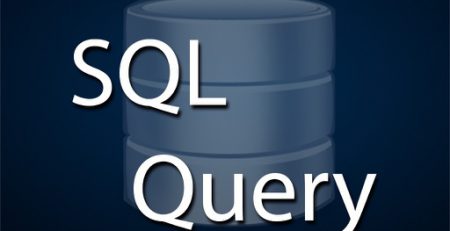

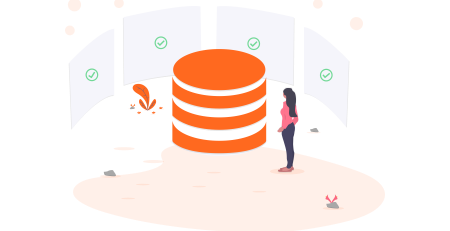
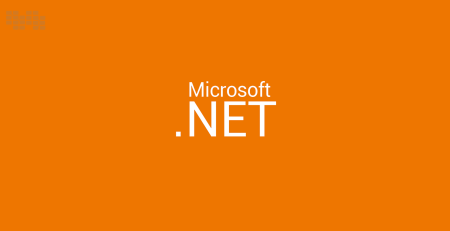
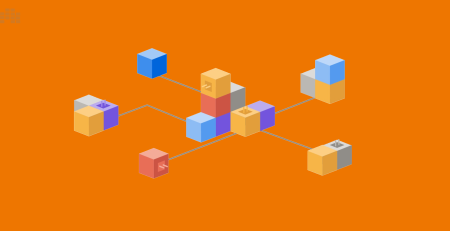
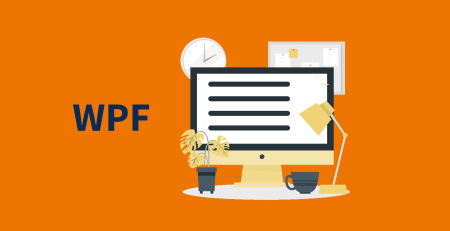
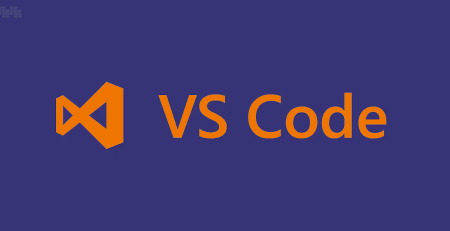
Leave a Reply